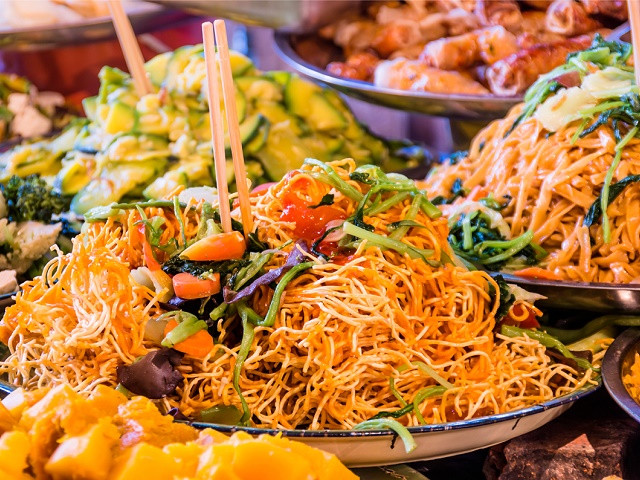
Information

Eating patterns in South East Asia have changed rapidly in recent years, and vegetable varieties are changing too. Our colleagues Pankaj Malik (Regional Director Enza Zaden Asia) and Hans Verwegen (Marketing Specialist) discuss the developments.

“A lot has changed in South East Asia over the past twenty years. Probably more so than any other region, except China,” says Malik. “And the rate at which these changes are taking place continues to speed up.” These were almost all relatively poor countries, in which agriculture was by far the most important economic activity. Now manufacturing industries are flourishing. The service sector has taken off and modern technology - such as the internet and smartphones - has permeated into the most remote areas of the region.
“You could call this a cultural shift”
The strong economic growth in large parts of this vast region is accompanied by rapid urbanisation, increasing individual freedom and greater economic participation by women. Also, that has had a positive effect on vegetable consumption. “Until quite recently, vegetables were a luxury product for most people,” states Malik. “People did not have the money to put a few hundred grams of vegetables – never mind meat – on the table. However, this is changing as the consumer has more to spend on average.”
“The migration from rural areas to the cities has several consequences,” Malik continues. “Cities generally offer better earning potential, more opportunities for women, greater personal freedom and more contact with people from other cultures, such as tourists. It translates into - among other things - increased demand for non-traditional leafy crops such as lettuce, tomatoes, sweet pepper, and broccoli. The city dwellers are also more likely to catch on to the health trend, resulting in the increased popularity of chopped raw vegetables and salads. In the past, everything was cooked and eating raw vegetables was unimaginable. You could call this a cultural shift.”
Those with more money to spend often like to eat out. And then not at a floating market, but at a high-end restaurant. “Another clear emerging trend is evident in the form of dedicated service providers who supply restaurants and shops daily,” states Malik. “Running more or less parallel to this, the internet emerges as ordering medium, with all the relevant service providers involved in this process. It goes much further than the usual fast food suppliers. In many large cities, you can also have elaborate, luxurious dinners delivered to your home. The importance of the floating and back street markets is gradually decreasing as a result of these developments.”
The influx of young people who want to build a career has led to a decrease in the size of the average household. It results in a growing demand for products that are smaller (for example, watermelon. Also, there is an increased market share for fresh vegetables in small packages, preferably ready-to-use.
The flip side of urbanisation is that rural areas gradually become more sparsely populated and the average age increases. “According to the available statistics, farmers in this region are 50 years old on average,” says Verwegen. “Besides, there are fewer people available for planting and harvesting. There are fewer successors to take over the business, as it is mainly the younger generation that is moving to the cities. So farmers are turning to mechanisation and crops that are less labour-intensive. These needs, in turn, place different demands on the varieties that farmers want to sow or plant.”
“Of course we want to respond appropriately to this,” his colleague notes. “Enza Zaden is the regional market leader for lettuce. We have made good progress for several other crops, both non-traditional and traditional products. You can see clearly that good varieties emerge more quickly than they did some 17 years ago when Enza Zaden became active in this region.” The increased rate of change also affects the trading of seed. More consumers who are willing and able to pay that little bit extra for quality. So farmers have noticed that they really can earn much more by producing a better product. Malik emphasises that the large disease burden - due to the warm, humid climate - is still a major challenge for breeders. “Anyone who handles that situation well can sell a lot in South East Asia.”